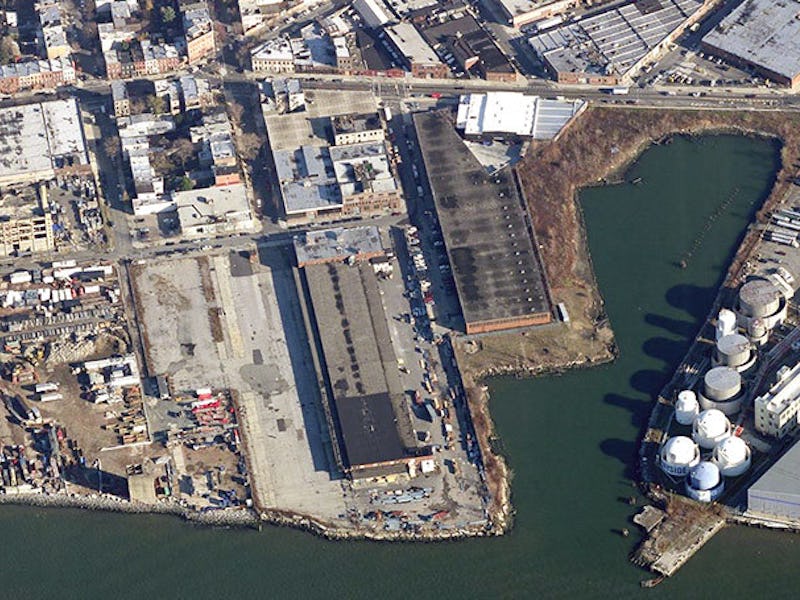What "Maker Park" Could Do for Brooklyn
An old industrial corner of a rapidly New York's thriving borough could become a center for creative engineering.

Today and Friday, ‘Inverse’ is covering the Municipal Art Society of New York’s sixth annual MAS Summit. More than 100 speakers and a thousand attendees are gathering over two days to discuss a wide range of issues affecting New York City, and brainstorming solutions that will help the Big Apple meet the needs of all New Yorkers in the five boroughs now and in the future.
Go back several decades and Williamsburg was a beacon for coal gas production and petroleum oil processing. The biggest firm in town was Astral Oil Works, a kerosene refinery that operated starting in the 1860s. Nowadays, the Bushwick Inlet waterfront is largely devoid of economic activity. There’s the Bushwick Inlet Park, which is lovely, but little in the way of commerce — just valuable square footage and rust. Stacey Anderson, the events director for MAS, wants to change that. That’s why she’s co-founded Maker Park, a project that seeks to turn the waterfront near the inlet into a first-of-its-kind hybrid maker space and green space.
Anderson says she hopes the new space will “reflect the creative ethos” of the surrounding neighborhood. During a talk at the MAS Summit on Thursday, she explained her and her colleagues’ proposal to take advantage of the abandoned industrial infrastructure around the area while trucking in new equipment, including a 3D printers. The area would include green features like vertical gardens, greenhouses, and hanging gardens that help infuse a natural spirit into the park.
The focal point of such a project would be the huge series of empty fuel tanks that now quietly sit along the southern border of the inlet. Anderson wants to turn the tanks — which she called the “most iconic elements” of the waterfront, into spaces that could be used for a slew of different activities, such as soundscape installations, viewing platforms, exhibition spaces for artwork, and much more.
Overall, the goal would be to preserve and revitalize the “rich, industrial legacy” of Brooklyn while merging the culture that built the borough with the one that currently dominates it. There’s no telling yet whether Maker Park will ever exist, but if it does it could — along with the Cornell Tech campus and Google’s Chelsea digs — serve as an advertisement for a city looking forward.